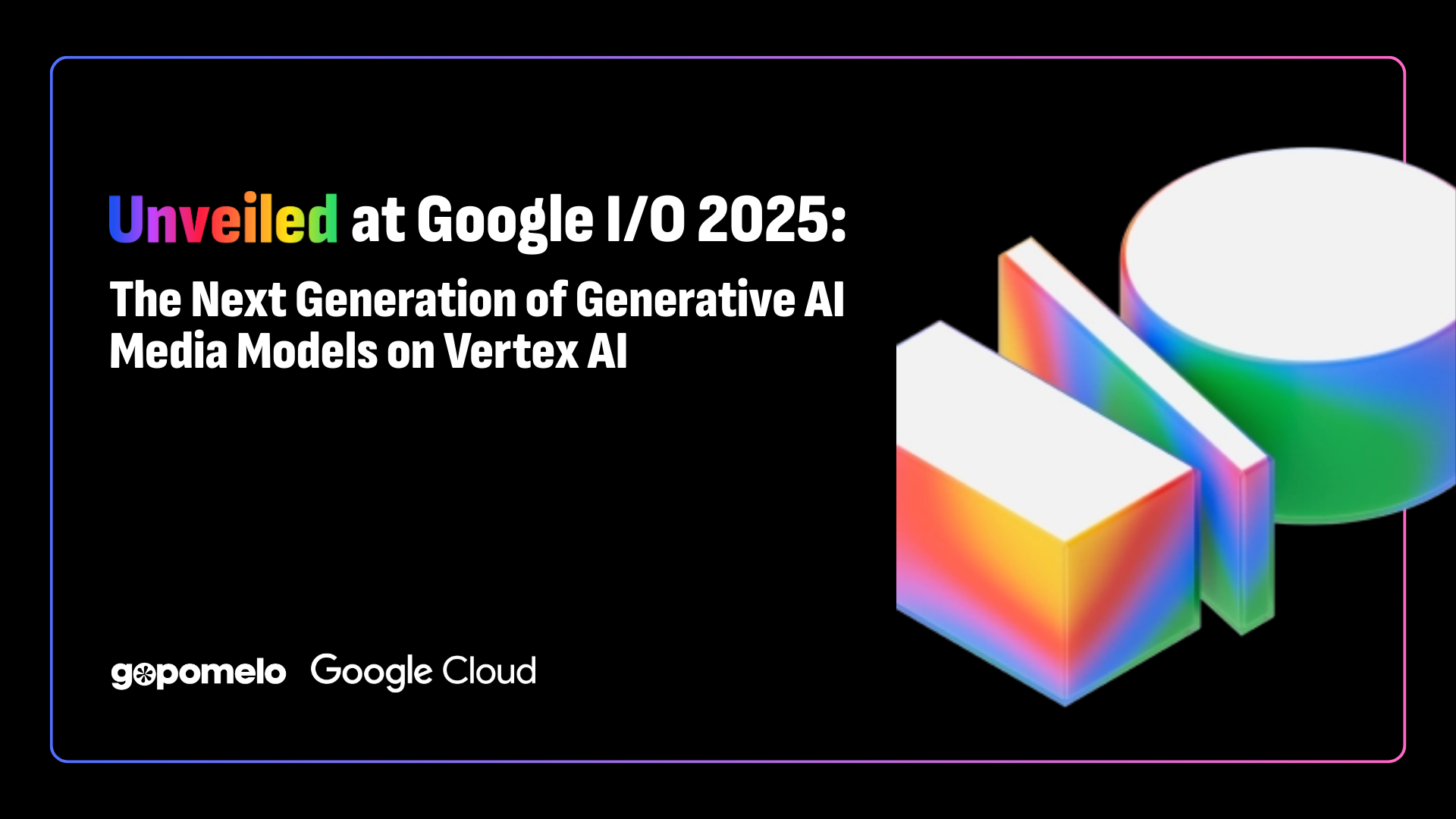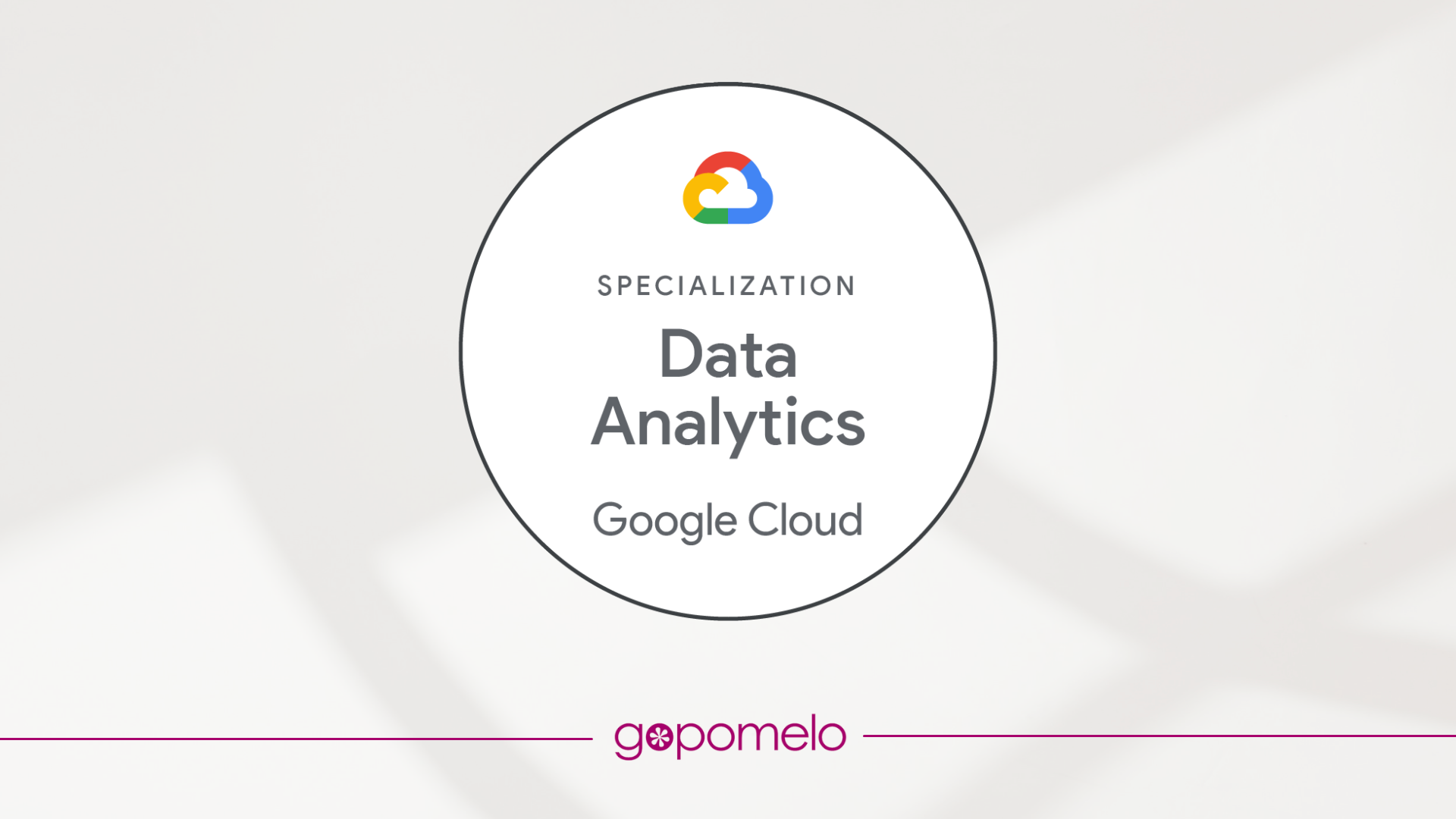Enhancing HR Operations with GoPomelo’s AI Agent Use Cases
As AI becomes more integral in businesses, many organizations are exploring how to integrate AI assistants into their work environments.One powerful use case is the HR AI Assistant, designed to help employees quickly access HR-related information. From managing employee data to automating responses on company policies and benefits, these assistants significantly enhance productivity and streamline internal processes. But a critical question arises when developing: Should you go High-Code or Low-Code when building your HR AI Assistant?
Let’s break down the key differences to help you decide the best fit for your needs.
AI Models, Data Format, and Database Management

A high-code solution offers greater flexibility and customization, making it ideal for complex use cases that require tailored AI models, advanced backend infrastructure, and integration with internal systems. Our developers leverage platforms like Gemini models, work with various types of data formats and manage databases using tools like Firebase or MongoDB. However, this approach demands more development resources, time, and technical expertise.
On the other hand, a low-code approach prioritizes speed and ease of use, allowing business users or citizen developers to build and deploy AI assistants with minimal coding. Using Copilot Studio, teams can integrate AI with familiar tools such as SharePoint and OneDrive, and automate workflows through Power Automate. While low-code solutions offer faster time to value and lower development overhead, they may be limited in terms of customization and scalability compared to high-code implementations.
Building Steps

The process of building an HR AI Assistant differs between high-code and low-code approaches, particularly in terms of complexity, speed, and required expertise. In a high-code development workflow, the process begins with a project overview followed by a technology decision stage. From there, it involves detailed database design and testing, backend system development, and frontend UI integration, each requiring specialized skills. Additional steps include setting up Docker for deployment and conducting final integration and testing, making this path highly customizable but time- and resource-intensive.
In contrast, the low-code process is designed for speed and simplicity. It also starts with a project overview, followed by a discovery phase to define key use cases. The database design is paired with data processing, and the focus quickly shifts to setting up the AI agent. From there, users upload documents, configure role-based access, integrate communication channels, and complete testing. This streamlined process minimizes the need for deep technical expertise and enables rapid deployment, making low-code ideal for teams looking to launch functional AI assistants quickly and efficiently.
Results
Building AI agents in high-code and low-code environments can yield different results.
.png?width=2880&height=876&name=Email%20Banner%20(19).png)
High-Code AI environments provide more robust and customized capabilities due to their integration with various datasets, enabling comprehensive responses.
.png?width=3600&height=1095&name=Email%20Banner%20(18).png)
Meanwhile, low-code environments prioritize security and accessibility, making them ideal for general users with limited data access needs.
Benefits

Both high-code and low-code approaches to building an HR AI Assistant offer unique benefits to different organizationals needs.
High-code implementations provide greater flexibility and control, allowing teams to build custom UX/UI experiences, implement advanced AI integrations, and maintain full ownership of the solution. This approach is typically more scalable and deployable in complex environments, supports secure role control, and can be more cost-efficient in the long run, especially for large-scale or deeply integrated systems.
On the other hand, low-code platforms emphasize speed and simplicity, enabling fast development, rapid prototyping, and seamless deployment with minimal coding. They are often user-friendly, making them accessible to non-developers or business users. These platforms come with built-in AI capabilities, are integration-ready, and offer a cost-effective solution for teams needing quick results without heavy development overhead. Additionally, low-code tools are often customizable, compliance-ready, and suited for organizations looking to innovate without compromising on speed or usability.
To summarize, high-code is ideal for complex, customized, and large-scale projects, while low-code is perfect for fast, agile, and accessible development. The right choice depends on your goals, resources, and desired level of control.
GoPomelo helps organizations harness the power of Artificial Intelligence to accelerate innovation, streamline operations, and drive smarter decision-making. Our professional AI development services are tailored to meet the unique needs of each business—from strategy and planning to deployment and continuous optimization.
Ready to build your AI Assistant or scale AI across your business? Contact us today for FREE AI discovery and get started!
Our Developers:
Halley Ching, AI Engineer - LinkedInPinmanee Seesorn, AI/ML Engineer - LinkedIn













.png)


 Twitter
Twitter Youtube
Youtube
